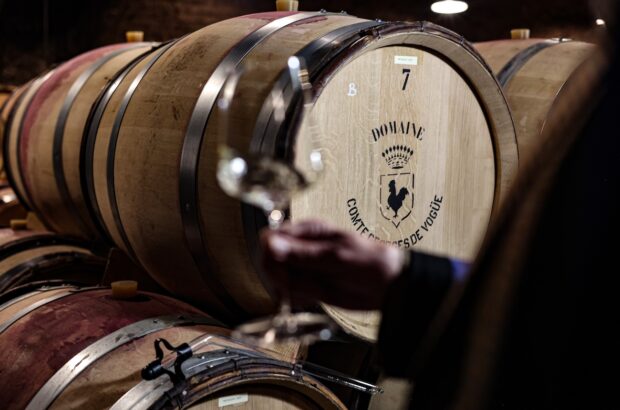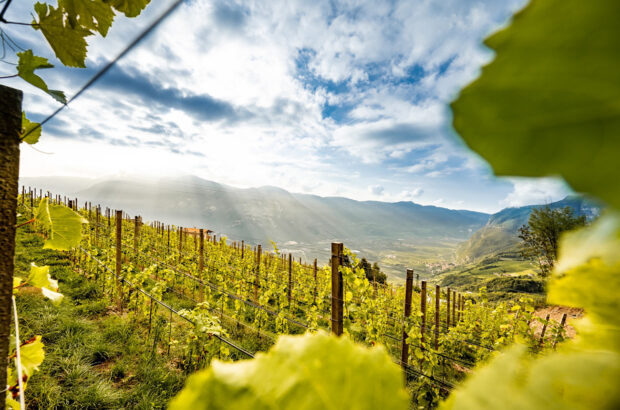Ask someone to name the best-known white wine grapes and there’s a good chance Chardonnay, Sauvignon Blanc or Pinot Grigio will feature. The latter also comes in the guise of Pinot Gris.
Other popular names coming up might include Riesling, Chenin Blanc, Sémillon, Viognier or Albariño.
Technically speaking, white wines can be made from either white or black grape varieties.
The latter are commonly used for red wines, but they can also make white wines if the juice is separated from the skins early enough in the winemaking process. Examples include the use of Pinot Noir, or Pinot Meunier, in Champagne.
Most widely planted white grape varieties
While Chardonnay et al are some of the most international of white wine grapes, Spain’s Airén was still the world’s most widely planted white grape variety in 2016.
That’s according to the 2020 revised edition of ‘Which winegrape varieties are grown where’, authored by the economists professor Kym Anderson and Dr Signe Nelgen, of the University of Adelaide and Geisenheim University respectively.
It has been declining but stayed narrowly ahead of well-travelled Chardonnay, according to the book’s ranking.
Airén’s traditional stronghold is in Spain’s La Mancha region, where it has often been used for brandy production, said the book.
The top 10* most widely planted white grape varieties listed by the authors are:
- Airén
- Chardonnay
- Sauvignon Blanc
- Trebbiano Toscano
- Riesling
- Rkatsiteli
- Macabeo
- Cayetana Blanca
- Muscat of Alexandria
- Muscat Blanc à Petits Grains
*Pinot Gris / Pinot Grigio commonly makes white wines and has been classed as a ‘grey variety’ by the authors.
Source: Which winegrape varieties are grown where? Revised edition (2020)
White wine grapes: plenty to discover
While some high-profile, jet-setting varieties turn up in many regions, there are more white wine grapes out there than could possibly be mentioned in this article, of course.
Speaking about white grape varieties specifically, several have become known for their prominence in particular areas, from Bacchus in England to Assyrtiko in Greece.
Others hide their light behind the name of an appellation or region. If someone offers to pour you a glass of Garganega, they might be uncorking a bottle of Soave from northern Italy.
And decisions about vineyard site, management and winemaking style will also affect how these varieties present themselves in your wine glass.
In the Chardonnay stronghold of Burgundy, you’d expect a Meursault to show oak influence, and this will be expertly-integrated in the best examples.
Chablis further north traditionally gives new oak a wide berth.
Certain varieties are considered aromatic white wine grapes., such as Gewürztraminer, Riesling, Muscat, Torrontés, Viognier and Sauvignon Blanc. In general, winemakers might let the aromas sing more in wines made from these grapes, and do less in the winery to affect flavour, like oak ageing.
Some white varieties are known for their ability to make delicious sweet wines, and just a few examples include Riesling in Germany, Furmint in Tokaji, and Sémillon in Sauternes.
Muscat de Frontignan (Muscat Blanc à Petits Grains) is used for Vin de Constance in South Africa, reportedly a favoured tipple of Napoleon Bonaparte back in the day.
Do white grape varieties always make white wines?
There are always exceptions and grey areas in the wine world.
To give one example, white grape varieties can be used to make ‘orange wines’ by leaving the skins in contact with the juice in the winemaking cellar.
Sometimes white grape varieties exert unseen influence.
In the Northern Rhône’s celebrated Côte Rôtie red wine appellation, small amounts of Viognier can be used alongside Syrah, for instance.
You might also have seen Shiraz-Viognier blends in Australia.
In 2019, Decanter.com reported on how some Châteauneuf-du-Pape winemakers planned to take advantage of long-standing rules allowing them to add white grapes to their red wines.
This could help protect freshness and acidity in the face of climate change, they said.
White wine, grapes and colour
As this article on wine colour explains, it’s possible to make white wine from ‘red wine grapes’, also known as black grapes because of the way they change colour when ripening.
As noted above, clear juice must be separated from the grape skins early in the winemaking process.
So-called ‘blanc de noirs’ is an example in Champagne but there are others around the wine world.
Other varieties that are well-known for white wines have darker shades of colour in the vineyard than you might expect.
‘Pinot Grigio grapes have a red (not pink) skin,’ said David Gleave, MD of Liberty Wines in this response to a Decanter reader query on Pinot Grigio ‘rosato’.
Gewürztraminer is another example of a grape that produces white wines yet is known for its pinkish red colour.







